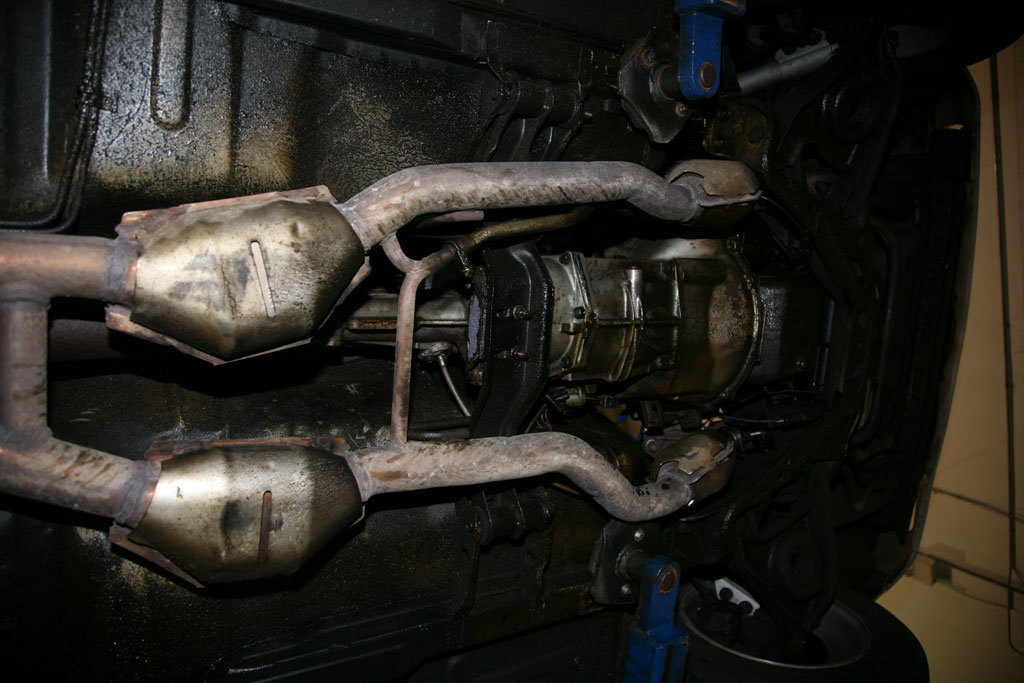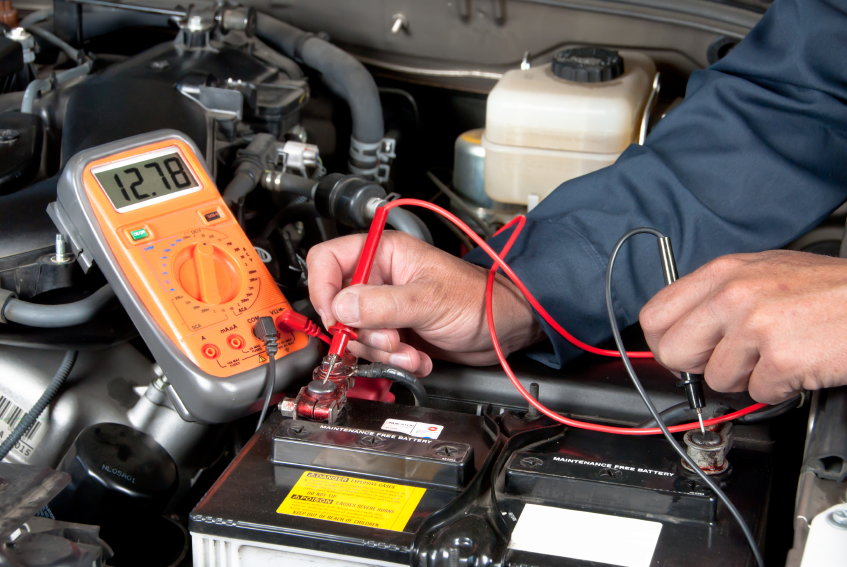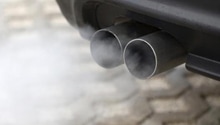Porsche 928: How to Pass Smog Test
Do you live in a state that smog tests cars? If so, you might be sweating, trying to figure out how to make your Porsche pass the test. Check out this how-to guide to help keep your Porsche on the road.
This article applies to the Porsche 928 (1979-1995).
Emissions have come a long way since the 80's and, unfortunately, so have emissions requirements. If you have a newer car, smog is not something you will likely have to worry about. For those of us who are older vehicle enthusiasts, the threat is very real. If you live in a state that requires regular emissions testing, failing a test can mean that the car can't be re-registered. So before you go for your next test, check out our guide to lowering emissions and ensuring that your ride will pass smog.

Materials Needed
- Multimeter
- Timing light
- Gap tool
Step 1 – Check the catalytic converters
One of the most common causes of smog is a bad set of catalytic converters. Typically, cats last for a long time, but over time they can become clogged or poisoned. It can be very difficult to check for a clog, and many mechanics will remove the cat and O2 sensor and test to see if there is a change in performance. Sometimes, you can tell if a converter is clogged if the car doesn't go any faster when you push the gas pedal, or if you have a decrease in gas mileage. If you suspect a bad converter or O2 sensor, try having a shop take a look or try our method of removing it yourself.
(Related Article: How to Replace the Oxygen Sensor - Rennlist.com)

Step 2 – Check MAF sensors
If your mass air flow sensor is running lean, this can easily cause your NOx to rise and make the car fail smog. Over time, MAF's go lean with age, which causes the O2 sensor to overcompensate and make the car run rich. You can check to see if your MAF is bad with a multimeter. First, make sure the sensor isn't contaminated with dirt or oil, and if it is, clean it. Then, you can simply check the MAF to ensure it is receiving 12 volts and that it has a good ground.

Step 3 – Complete a tune up
If your car is out of tune, it can lead to a failed smog test. Timing can have a big effect on emissions, as can bad wires, fouled spark plugs, loose connections, vacuum leaks, or a bad cap/rotor. It's a good practice to give your car a tune up fairly regularly anyway, as it will aid performance and fuel economy in addition to emissions. A timing light will help you, as will checking to ensure proper spark plug gap. Look for excess fouling, as well as any cracks or damaged parts.

Step 4 – Make sure the car is hot when you take it in for smog test
Running the car hard before taking it in for a smog test is critical with a Porsche 928. When the catalytic converters are hot, hydrocarbons and CO levels drop. As the cats get hotter, PPMs will increase and more HC and CO is burned off, resulting in cleaner exhaust fumes. Be sure and drive the car around a bit and push it a little before heading to smog, as this can make the difference between pass and fail.

Related Discussions
- How to Lower NOx for Smog Test - Rennlist.com
- Failed Smog Test - Rennlist.com
- Car Didn't Pass Smog - Rennlist.com






